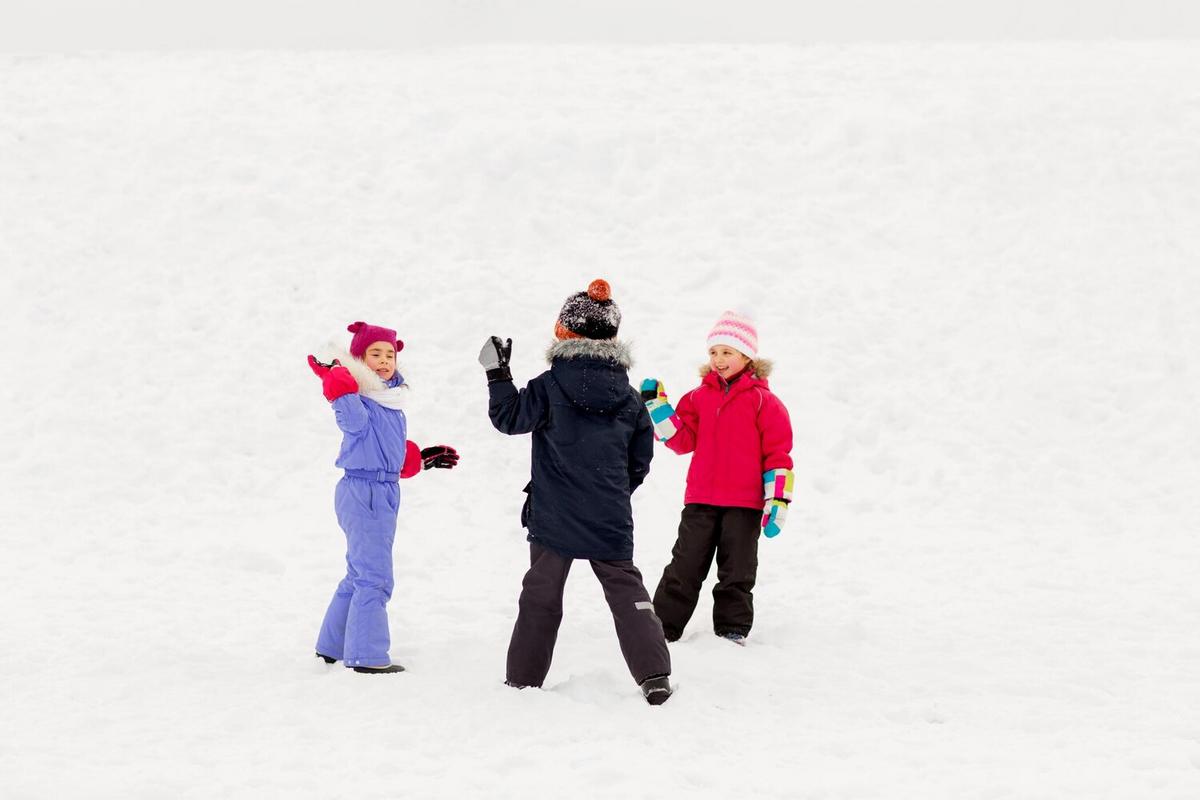
Combating the Winter Blues with Outdoor Activities
Winter can often bring about feelings of lethargy and gloom, but embracing outdoor activities can be a powerful antidote to these blues.
Understanding the Winter Blues
Many individuals experience a dip in mood and energy levels during the colder months, a phenomenon commonly referred to as the “winter blues.” According to the American Psychological Association, this seasonal affective disorder (SAD) affects approximately 5% of the U.S. population annually, with symptoms lasting about 40% of the year.
Expert Insights
Dr. Norman Rosenthal, a leading psychiatrist and researcher in the field of SAD, suggests that exposure to daylight through outdoor activities can significantly alleviate symptoms. “Getting outside during daylight hours, even for a short walk, can make a substantial difference,” he notes.
The Benefits of Outdoor Activities
Engaging in outdoor activities not only provides physical exercise but also enhances mental well-being. A study published in the Journal of Environmental Psychology found that spending time in natural environments boosts mood and reduces stress. Moreover, the fresh air and sunlight can help regulate sleep patterns, leading to improved mental health.
Personal Experiences
Consider the story of Mike, a software developer who battled winter-induced lethargy. By committing to regular morning hikes, Mike found his energy levels and outlook improved dramatically. “I felt more alive and connected to the world around me,” he shares.
Actionable Tips to Combat Winter Blues
- Start with small, manageable outdoor activities like a 15-minute walk.
- Incorporate outdoor sports such as skiing or ice skating into your routine.
- Join local clubs or groups that organize nature hikes or outdoor yoga sessions.
- Ensure you have proper winter gear to stay warm and comfortable.
Layering your clothing ensures you stay warm without overheating during outdoor activities.
Comparison Table: Indoor vs. Outdoor Activities
| Aspect | Indoor Activities | Outdoor Activities |
|---|---|---|
| Cost | Varies – often requires equipment or memberships | Generally low or free |
| Physical Space | Limited, depends on venue | Unlimited, natural environment |
| Exposure to Sunlight | Minimal | High |
| Social Interaction | Possible, but can be solitary | Encourages group activities |
| Health Benefits | Good for fitness | Excellent for mental and physical health |
| Flexibility | Limited by opening hours | Flexible, depends on weather |
| Equipment Needed | Often required | Minimal |
| Variety | Moderate | High, with seasonal options |
FAQs
How much time should I spend outdoors in winter?
Aim for at least 30 minutes of outdoor activity each day to help combat the winter blues.
What if the weather is too harsh?
Dress in layers and choose activities that offer some protection, like walking in wooded areas to shield from wind.
Can outdoor activities replace therapy for SAD?
While beneficial, outdoor activities should complement professional treatment, not replace it.
Conclusion
Combatting the winter blues doesn’t have to be daunting. By incorporating outdoor activities into your routine, you can boost both physical and mental health. Remember to start small and gradually increase your time outdoors, ensuring you stay active and engaged throughout the winter months. For more tips on maintaining mental well-being, explore other articles in our Mental Health and Fitness portal.